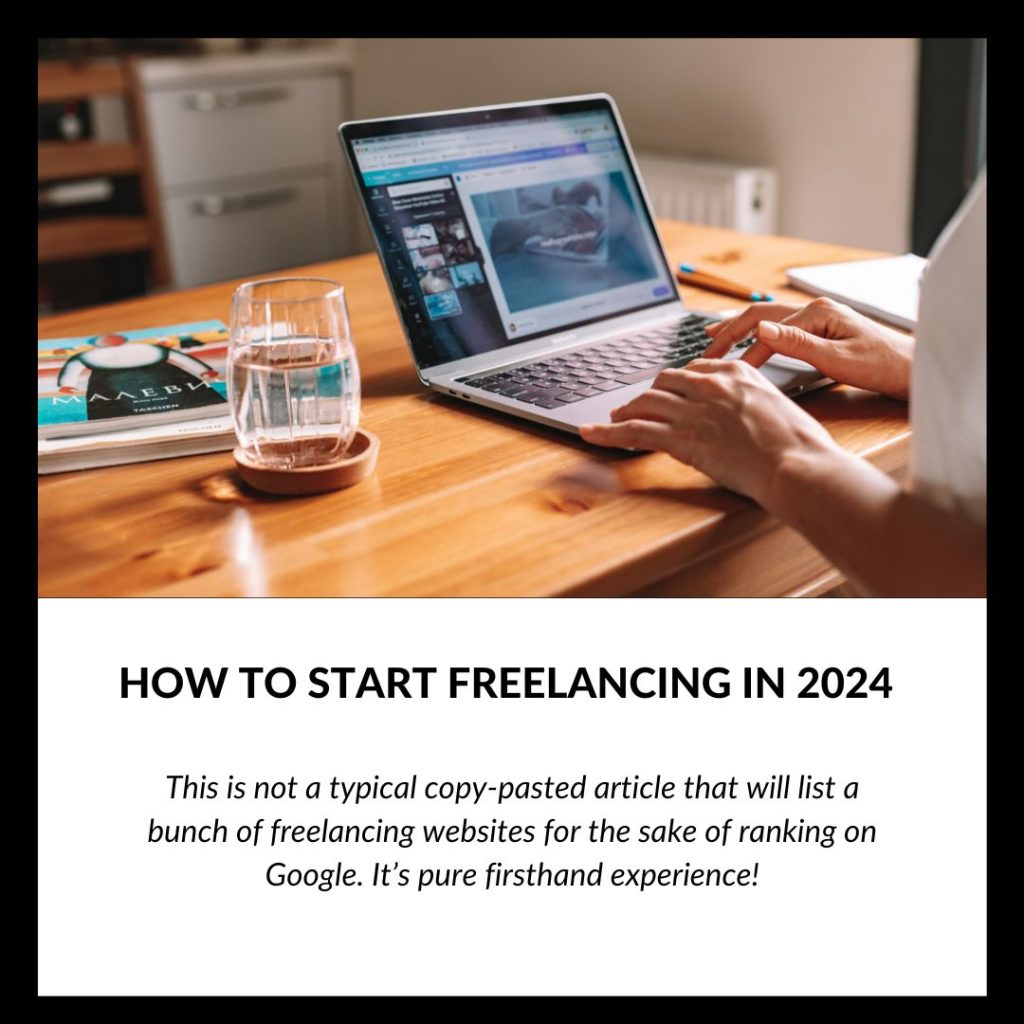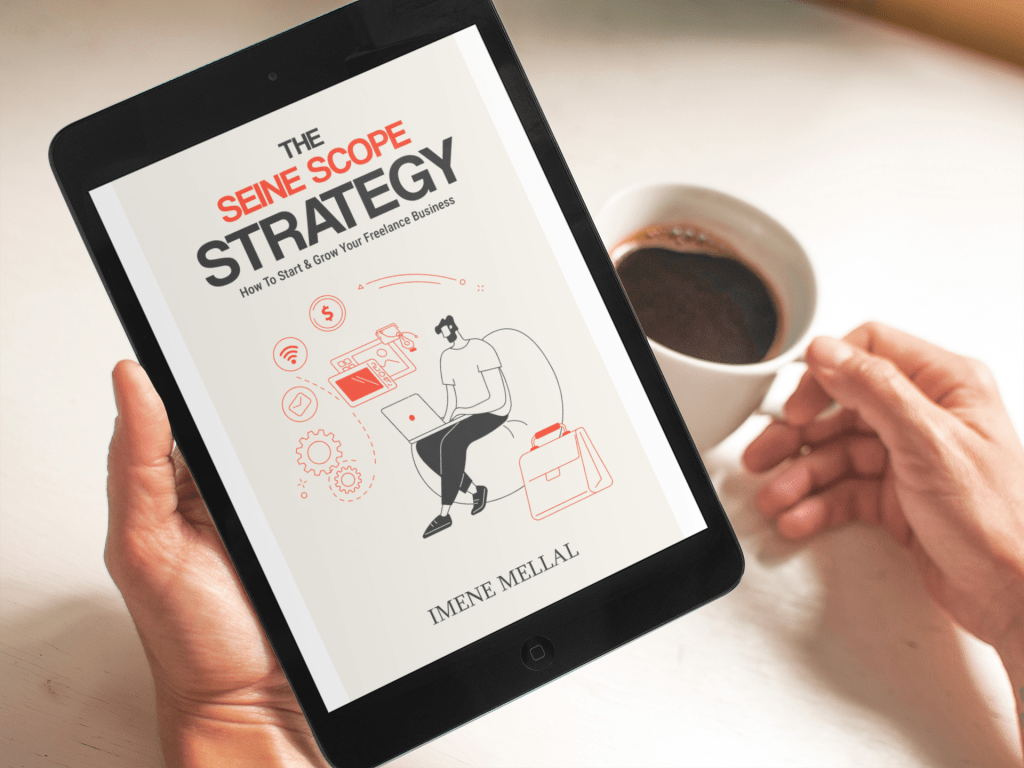This is not a typical copy-pasted article that will list a bunch of freelancing websites for the sake of ranking on Google. It’s pure first-hand experience!
If you’re here, you probably already know what freelancing is. But let’s not make any assumptions! This article will guide you on how to start freelancing in 2024 in the easiest way possible.. no fluff involved.
Before we dive in, let me share a quick story of how I did it alone..
Back in 2008, I was just a high school student discovering the internet for the first time. You know how it starts…
The first thing I did online was join some forums. I spent hours posting, reading, and soaking up knowledge from various communities. Eventually, I created my own forums and attracted members from those same communities.
This exploration phase lasted nearly two years.
Then, I decided to get serious about making money online. With zero skills but a burning passion for reading and expressing myself in my native language, I embarked on my freelancing journey.
My curiosity was insatiable. I devoured content from every source I could find— books, blog posts, you name it.
I explored new websites and software, constantly learning and expanding my knowledge. This relentless quest for learning marked the true beginning of my freelancing career
The money was not much at the beginning, but it was enough to make me believe I was on the right path.
I sold my time to strangers, writing about gaming topics, software comparisons, educational content, scientific research summaries, and even fitness. I accepted everything that came my way for the sake of learning. And I did learn… a lot, actually.
One crucial lesson was the need to pursue more serious projects.
Right after graduation, I decided to give Upwork a shot. Without much planning, I landed my first client, marking the start of a more structured freelancing journey.
Right after receiving the first three reviews, I started landing more clients in my field of business administration.
Without much thought, I found myself applying the Seine Scope Strategy to kickstart my career as a full-time freelancer across a few platforms.
I ventured into various industries — e-commerce, fitness, technology, law… —working on fun projects daily while collecting great reviews.
I didn’t have a mentor to guide me on how to start freelancing. In fact, everyone I knew was busy with something else. And those who were freelancing weren’t talking about it.
I had to go the long difficult way to go from $0 in my bank account to a 6-figure income from freelancing.
In brief, freelancing is the act of selling your services to multiple clients without being tied down by a single employer contract. Unlike a traditional 9-5 job, freelancing offers the freedom to manage your own time and work on diverse projects.
But you don’t have to figure it out alone. I’m here to share my advice with you:

My Advice On How To Start Freelancing
1- Define Your Skills and Services
Before anything else, start by defining your skills and the services you can offer. Make sure there’s a market for them.
Let’s say you’re great at designing logos. Ensure your work is top-notch and can compete in the market.
If you can land even ONE CLIENT, that’s a huge step forward. It’s proof you’re on the right track. From there, the rest is history.
2- Define Your Learning Path
If you don’t have the right skills to compete in the market, choose something to learn. Start small and keep evolving.
Don’t fall into the trap of perfectionism.
You need to be good at something, but you don’t have to be an expert.
Start small—learn how to design simple logos for clients not looking for anything fancy, or write social media posts for small businesses.
Take online courses, whether free or paid, and develop one or two scalable skills.
The more passionate you are about your chosen field, the greater your chances of success.
Check out my eBook “The Seine Scope Strategy” to dive deeper into my Accelerated Learning method to grow faster.

3- Start Getting Clients
I was serious when I said this isn’t just another article listing freelance websites. Those are easy to find, and if you’ve got my eBook, you already have a high-quality list of client sources.
Instead, I want to share the tested methods that helped me land over 130 clients in my career.
Approach 1: Applying to Job Posts
I didn’t waste time trying to convince clients from scratch. I went straight to top platforms like Upwork, where clients are actively looking for freelancers, and I applied to their job posts.
This strategy gave me a good open rate on my proposals, and I landed more than 70% of my clients from similar platforms.
Here’s what I learned: there’s more to it than just applying.
I started refining my profiles, polishing my proposals, and learning from past mistakes. You can do the same. Look for job boards that invest heavily in marketing to attract clients to their platforms, and use that to your advantage.
Why This Works
- Targeted Audience: Clients on platforms like Upwork are already looking for freelancers, so you’re pitching to a warm audience.
- Immediate Opportunities: Job posts provide immediate opportunities to apply for, saving you time on prospecting.
- Continuous Improvement: By actively applying and refining your approach, you learn and improve your success rate over time.
Approach 2: Cold Emailing or LinkedIn Outreach
Cold emailing and LinkedIn outreach are powerful methods to reach potential clients directly. It’s a proactive approach that can potentially help you tap into markets that might not be actively looking for freelancers.
Cold Emailing
Cold emailing is about sending targeted emails to potential clients to introduce your services and explain how you can add value to their business.
Steps to Effective Cold Emailing:
- Research Your Target Audience: Identify businesses or individuals who could benefit from your services. Make sure you have a defined niche instead of targeting a broad audience.
- Craft a Compelling Subject Line: Your subject line should grab attention and entice the recipient to open your email.
- Customize Your Message: personalise your email to target the recipient, addressing their specific needs and challenges. Avoid copy-pasting emails from one company to the other without customization. People want to feel special and getting a generic email doesn’t service this purpose.
- Highlight Your Value Proposition: Clearly explain what you offer and how it can solve their problems or enhance their business. Address their objections before they even think about them.
- Include a Call to Action: Encourage the recipient to take an action, whether it’s scheduling a call, visiting your website, or responding to your email. The call to action is necessary in any sales email. You don’t want to assume people know what they should do. Just lay say it explicitly.
- Follow Up: Send polite follow-up emails if you don’t receive a response initially. In my experience, if someone doesn’t respond to your first email, it doesn’t necessarily mean they’re not interested. Life happens—people have bad days, get swamped with work, or simply miss your email. Your message might not be a priority today, but it could become one in a week or so. Therefore, following up is crucial.
Key Takeaways
There’s no secret recipe for how to start freelancing, but there are shortcuts and proven methods that can boost your chances of landing clients quickly.
First, get a clear understanding of your strengths and weaknesses. Work on both to create a service or digital product that’s market-ready.
Next, design your own roadmap for learning in-demand skills to help you scale your freelance business faster.
The toughest part for me was landing that first client. But once I did, everything else was easier than I thought!
Join Our Exclusive Freelance Community Here, let us grow together!
Get Your eBook “The Seine Scope Strategy: How To Start & Grow Your Freelance Business” Here



Comments
One response to “How To Start Freelancing In 2024”
[…] you start hunting for freelance work, you need a clear idea of your offered services and area of expertise. This step might seem […]